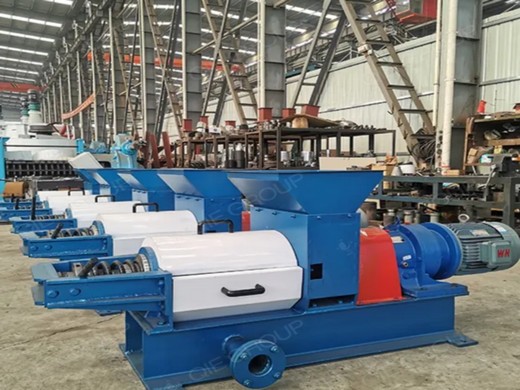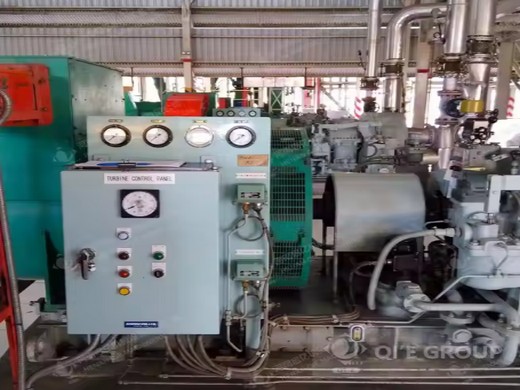IMPROVING BUSINESS DECISION MAKING
IMPROVING BUSINESS DECISION MAKING: Valuing the Hidden Costs of Production in the Palm Oil Sector 5 GLOSSARY TERM DEFINITION Natural capital The stock of renewable and nonrenewable natural resources (e.g., plants, animals, air, water, soils, minerals) that combine to yield a
Palm Oil from Indonesia. There are many environmental and social hidden costs from Palm Oil production in Indonesia. The figure above illustrates the two of the most significant externalities in palm oil production are land use change (environmental) and underpayment (social).
Valuing the hidden costs of production in the palm oil
A recently published report on palm oil demonstrates how natural and human capital accounting can be used to understand and reduce the environmental and human impact costs of palm oil production. Palm oil is the world’s most popular vegetable oil, widely used in the food, personal care, chemicals and energy sectors. Over 56 million tonnes of palm
IMPROVING BUSINESS DECISION MAKING: Valuing the Hidden Costs of Production in the Palm Oil Sector 3 ABOUT THE RESEARCH PARTNERS TRUCOST Trucost helps companies and investors to achieve success by understanding environmental issues in
News Page 4 of 29 True Price
A recently published report on palm oil demonstrates how natural and human capital accounting can be used to understand and reduce the environmental and human impact costs of palm oil production. Palm oil is the world’s most popular vegetable oil, widely used in
Improving Business Decision Making: Valuing the Hidden Costs of Production in the Palm Oil Sector. A study for The Economics of Ecosystems and Biodiversity for Agriculture and Food (TEEBAgriFood
Transformation of agriculture and food systems
Palm oil The Palm oil study 24 quantifies and monetises key natural capital impacts of palm oil across the 11 leading producer countries, with a focus on Indonesia, the world’s largest palm oil producer. It quantified human capital impacts and also captures visible and invisible natural capital costs linked to the growing, milling and refining stages of palm oil production.
Natural capital costs were lower than output in just five of the 20 region-sectors, and higher than average sector profits in all cases.7 The extent to which agricultural sectors globally do not generate enough revenue to cover their environmental damage is particularly striking from a risk perspective. THE TOP 100 EXTERNALITIES OF BUSINESS
Valuing urban wetlands: A review of non-market
Request Valuing urban wetlands: A review of non-market valuation studies Wetlands provide a range of valuable ecosystem services from water purification and nutrient retention to
TEEB asked for the assessment of the impact of global livestock production systems on human systems and ecosystems. Poultry, beef and dairy production system have been analysed. The analysis shows that in many cases the negative externalities of livestock production are
- How do palm oil prices intersect with sustainability?
- Therefore, examining how palm oil prices intersect with the sector’s sustainability is paramount. As with other commodity markets, palm oil prices are largely correlated with shifts in supply and demand and with price movements of competing products, such as other vegetable oils (e.g., sunflower and soybean oil) or biodiesel.
- Which sectors make the most profit in the embedded palm oil value chain?
- Specifically, the retail segment (supermarkets and food service) and the fast-moving consumer goods industry capture about 30% and 24%, respectively, of the total value in the embedded palm oil value chain. These sectors also receive the largest gross profits across the chain, about 66%.
- What are the challenges faced by the palm oil industry?
- Overall, the palm oil sector is subject to a complex set of social, political, and economic challenges, while external factors add uncertainty in the market and volatility in the prices along the chain.
- How to calculate cost of production for oil palm products?
- There are two steps within cost of production computation for oil palm products, namely at the raw material level, and manufacturing level. Salary and wages Maintenance Seeding Insect and desease control Fertilizing Harvest Transportation to mill Crops depreciation 2.1. Salary and wages 2.2. Chemical 2.3. Manufacturing tools 2.4.
- How much money did the World Bank invest in palm oil?
- In 1965, the World Bank injected nearly US$2bn into over 45 projects in Southeast Asia, Africa, and parts of Latin America to support the growth of the palm oil industry. Indonesia received US$618.8 million, which was the highest funding.
- What is the palm oil industry like in Nigeria?
- The Nigerian palm oil industry is very fragmented and dominated by numerous small-scale farm holders, which account for over 80% of local production, while established plantations account for less than 20% of the total market.






